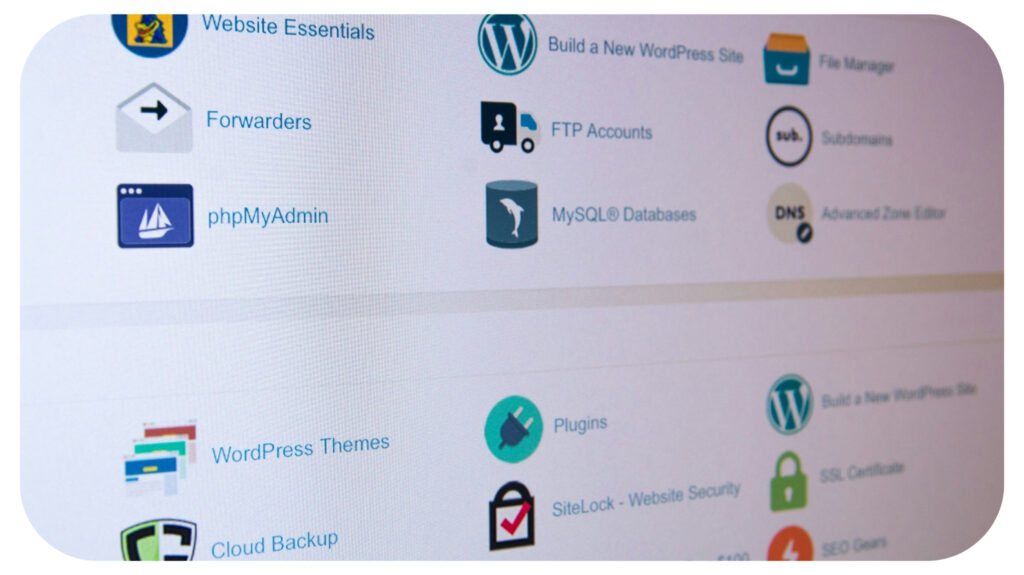Nathaniel DiRenzo on Mastering Data Analytics with Python and SQL
This post was last updated on January 10th, 2025

In today’s business environment, data analytics is crucial. The ability to make informed decisions based on data can set companies apart from their competition. That’s where Python and SQL come in. These powerful tools are essential for any aspiring data analyst.
Python is well-known for its versatility in data science, while SQL is fundamental for effective SQL database management and data analysis. Data Solutions Architect, Nathaniel DiRenzo, explores the ways you can harness the capabilities of Python and SQL to become proficient in data analytics.
Getting Started with Python for Data Science
Exploring data science with Python can be both exciting and overwhelming for beginners. Python is a versatile language widely used for data science because of its simplicity and the powerful libraries it offers.
Before diving into data analysis, it’s crucial to set up your Python environment properly. This involves installing Python, creating a virtual environment, and adding essential packages for data analysis. Setting up your environment correctly ensures that your work is organized and dependencies are managed separately from your system Python installation.
Data analysis in Python is powered by several essential libraries that provide efficient tools for data manipulation, statistical analysis, and visualization. Understanding these libraries and their use cases is key to mastering data analytics.
“Mastering Python libraries will provide you with a strong foundation to tackle various data analysis tasks,” says Nathaniel DiRenzo. “Each library has its unique strengths, ensuring you have the tools needed for any data science project.”
By setting up your Python environment and familiarizing yourself with these essential libraries, you’ll be well on your way to becoming proficient in Python data science. Let’s move forward and explore more advanced topics and techniques to further your data analysis skills.
Mastering SQL for Data Analysis
Mastering SQL is a critical skill for any data analyst. SQL, or Structured Query Language, allows you to communicate with databases and manipulate data efficiently. Whether you’re extracting data, transforming it, or even performing complex data analysis, SQL has the tools you need.
Before diving into advanced techniques, it’s important to get a solid grasp of basic SQL syntax. This foundation will help you build more complex queries as you become more comfortable with the language. Master basic commands, and you’ll have a strong foundation for more intricate data manipulations.
Once you’re comfortable with basic SQL commands, it’s time to explore advanced techniques that can help make your data analysis more efficient and insightful. By using these advanced techniques, you can conduct more sophisticated data analysis.
Subqueries let you break down complex queries, window functions provide deeper insights, and CTEs keep your queries clean and understandable. Master these tools, and you’ll be well on your way to becoming proficient in SQL for data analysis.

Integrating Python and SQL for Data Analysis
Combining Python and SQL for data analysis can turbocharge your workflow, making it more efficient and powerful. With these two tools, you can seamlessly connect to databases, execute queries, and perform comprehensive analyses. Let’s explore how to integrate Python with SQL databases and execute queries directly from your Python scripts.
Connecting Python to SQL databases is a breeze with libraries like SQLAlchemy and SQLite3. These libraries provide robust and flexible interfaces to interact with databases. SQLAlchemy is a popular ORM (Object-Relational Mapper) that simplifies database interactions in Python.
Executing SQL queries from within Python scripts lets you fetch, manipulate, and analyze data directly. This integration streamlines workflows, removing the need to switch between your SQL environment and Python. Integrating Python and SQL not only makes data manipulation easier but also enables you to harness the power of both tools for comprehensive data analysis.
Best Practices for Data Analytics with Python and SQL
Mastering data analytics requires effective practices in data cleaning, transformation, and optimizing SQL queries. Before analyzing any data, it’s essential that the data is clean and well-structured.
“Think of data cleaning and transformation as tidying up a messy room. You can’t find what you need, or work efficiently, if everything is scattered and disorganized. Cleaning data reduces errors and ensures consistency, while transformation makes the data more suitable for analysis,” says Nathaniel DiRenzo.
Data often comes from various sources, and it might contain duplicates, missing values, or inconsistent formats. Duplicate entries can skew your analysis results. Python’s pandas library makes it easy to remove duplicates with the .drop_duplicates() method.
Missing values can pose a challenge. You can either remove them or replace them using methods like .dropna() or .fillna(). Ensuring consistent formats across your dataset is crucial. For instance, dates should follow the same format, which pandas can handle with the pd.to_datetime() function.
Efficient SQL queries are the backbone of fast and effective data analysis. Poorly written queries can slow down your database and make analysis cumbersome. Here are some tips to help you optimize your SQL queries for better performance.
“Indexes are like the table of contents in a book—they help you find the information quickly. An index on a column significantly speeds up queries that filter, sort, or join on that column,” notes DiRenzo.
Running maintenance tasks like updating statistics and reindexing can keep your database running smoothly. By following these best practices, you ensure your data cleaning, transformation, and SQL queries are efficient, setting a strong foundation for insightful and timely data analysis.
Mastering data analytics with Python and SQL unlocks the power to turn raw data into actionable insights. These skills are more than just technical proficiency; they are gateways to making informed, impactful decisions. As data continues to grow in importance, so does the need for capable analysts.
Python’s versatility in data manipulation and visualization, combined with SQL’s robust database management capabilities, creates a formidable toolkit for any data professional. By using these tools together, you streamline workflows and tackle complex data challenges with confidence.
Looking ahead, the demand for skilled data analysts will only increase. Stay current with new libraries, SQL optimizations, and data analytics trends. Your continued growth in mastering these skills will ensure you remain at the forefront of data-driven decision-making.
Recommended For You
7 Ways Technology Has Reshaped Modern Workplaces
Most Inside
Most Inside offers high-quality recommendations and valuable updates to enhance all aspects of your life, providing premium guidance and enriching experiences.




